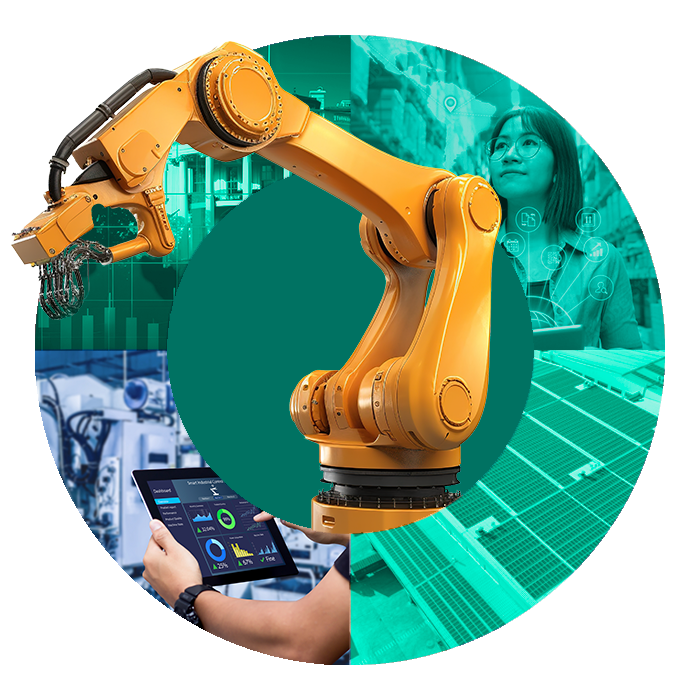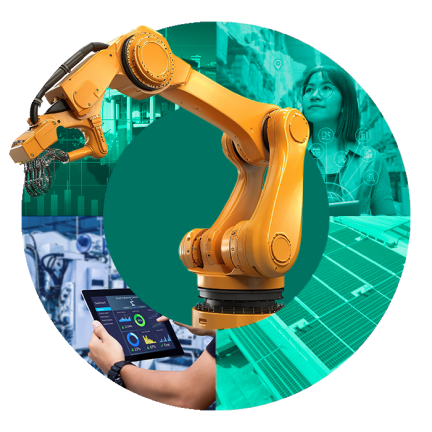Fictiv
Fictiv is a global manufacturing company that simplifies sourcing for custom manufacturing, from prototype to low-volume production. Through its highly-vetted manufacturing network, AI-powered technology platform, and global operations centers across the USA, Mexico, India, and China, Fictiv delivers fast, high-quality custom manufacturing services from quote to delivery. Fictiv’s capabilities span the full mechanical bill of materials, including Injection Molding, Compression Molding, 3D Printing, CNC Machining, Urethane Casting, Die Casting, and Sheet Metal. To date, Fictiv has delivered more than 30 million commercial and prototype parts for early-stage companies and large enterprises alike, helping them innovate faster, free up precious resources, and drive profitable growth.
Dimensional Research
Dimensional Research® provides practical market research to help companies make smarter business decisions by delivering actionable information to reduce risks, increase customer satisfaction, and support growth. Whether launching a new product into the marketplace or desiring fresh insights from buyers, our research services help companies gain a clear understanding of customer and market dynamics.
G2 Venture Partners
G2 Venture Partners is a venture and growth firm investing in transformative technology companies, like Fictiv, at their inflection points building a sustainable future. We support entrepreneurs who are unlocking new paths to environmentally and socially responsible economic growth.
Omni Venture Labs
Omni Venture Labs is a “first check” DeepTech VC. Led by former Apple product and manufacturing experts, our mission is to invest at the frontier of Sustainable Industrials + AI, Robotics, and Automation.

























